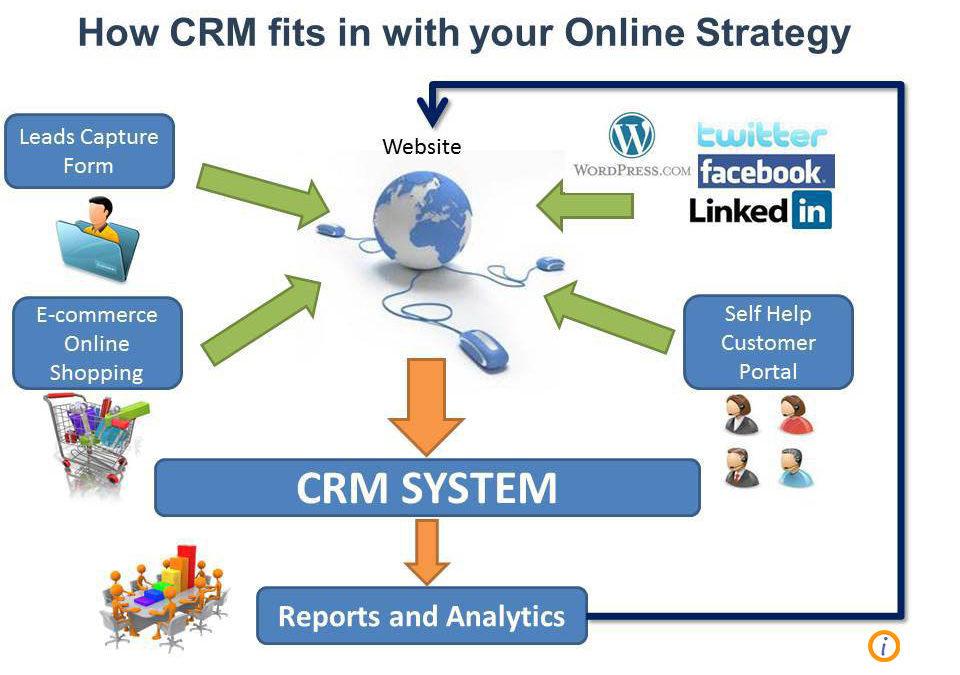Today, most companies have some form of software to help them keep track of and manage customers. And while it is important to have a system to capture customer data, especially in today’s multichannel retail world, having a database of customer names, contact information and purchase history is not enough. If you truly value your customers, you need to not just focus on customer management but on building long-term relationships.
- Make sure your customer data is reliable and up to date. A CRM system is only as good as the data that’s in it. So constantly make sure any data entered into your CRM system is accurate – and regularly review and scrub customer data, to eliminate redundancies.
- See that everyone who interacts with customers knows the history. It is important to have a detailed summary of the customer’s purchase history including dates, quantities and terms. Customers will often want to repeat a previous order and nothing looks as bad as not knowing what and when.
- Know how and where your customers are interacting with you. Today consumers can reach out to a company via email, social media, chat, bots, or the tried and true phone call. If [a] company really values [its] customers, [it] will be there.
- Understand where customers are in the purchase process/cycle. “People buy when they’re ready to buy, not when you’re ready to sell,” says Clate Mask, cofounder and CEO, Infusionsoft, a provider of sales & marketing software. “By using a CRM tool to organize and analyze lead data, you can determine who is a hot lead, and who is in need of nurturing so you can guide them towards making a purchase.”
- Provide the personalization customers crave. Sending relevant, personalized emails based on timely and accurate customer data can increase click-through rates by up to 50 percent.
- Eliminate pain points. “Get serious about fixing the things that frustrate your customers,” says Robert Wollan, senior managing director, Accenture Strategy. “Over half of the top 10 most frustrating customer issues are the same as they were over a decade ago. Customers actually make it easy for brands to identify frustrating experiences if they are paying attention and will do something about it.
- Don’t underestimate the value of human interaction. “Human interaction is a vital component of customer satisfaction, even [or especially] in the digital age,” says Wollan. “Eighty-three percent of U.S. consumers say they prefer dealing with human beings over digital channels to solve customer services issues and get advice.”
- Ensure that customer service representatives are well-trained. “The first line of contact for a customer’s service experience in a multichannel environment is a company’s customer service representatives,” says Lara Ponomareff, customer contact practice leader
- Have your sales, marketing and customer service departments share customer data. While it can take time to create a shared repository of data between sales and marketing [and customer service], you’ll gain the ability to understand your customer’s actions and preferences better than ever before [if you do].
- Be mobile. Implement customer support software that can be accessed across multiple devices, such as smartphones and tablets, to enable mobile support anywhere there is an internet connection.
- Follow up with customers. Follow-up is key to building a lasting customer relationship, and it doesn’t have to be a hassle. Automating customer follow-up can deepen a customer relationship by allowing you to send timely and relevant information to the right people while you stay focused on running your business.

